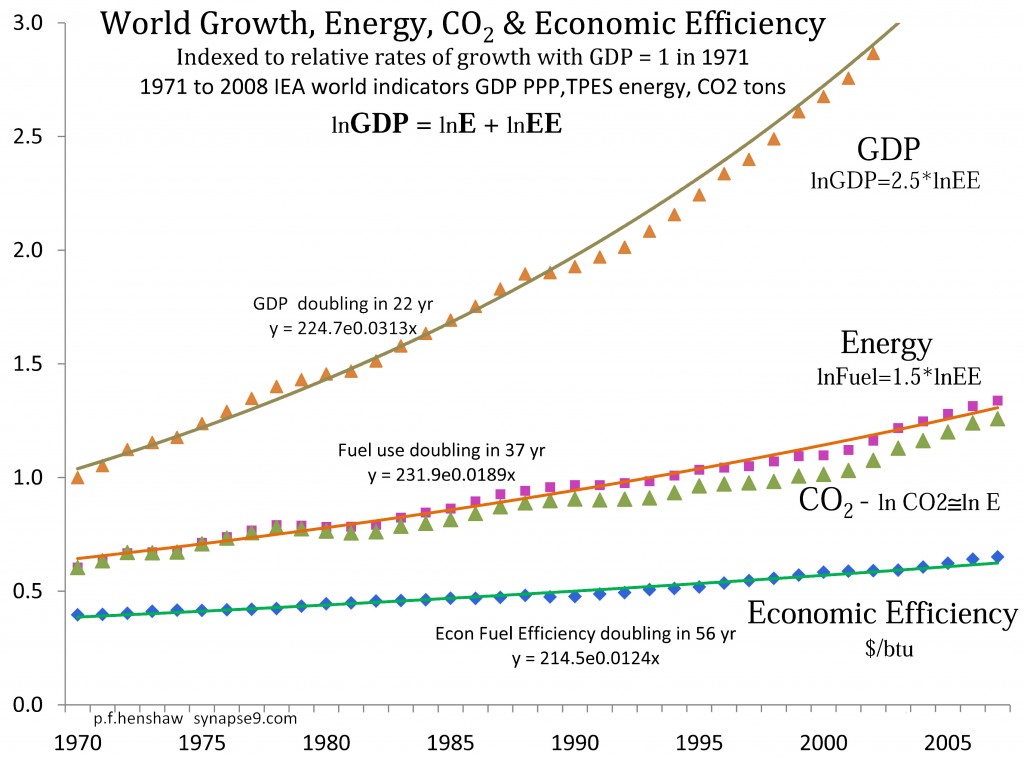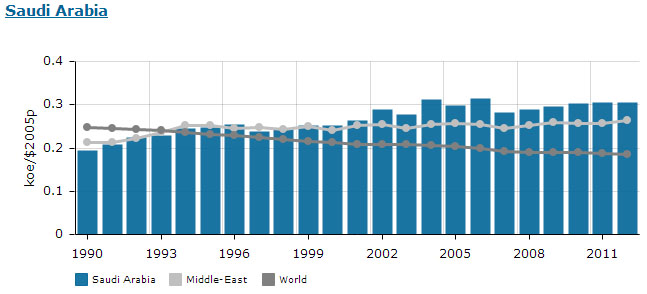I write lots of very carefully crafted letters to people deeply engaged in the UN’s work on
Steering the Earth Toward Sustainability
…, its Open Working Group is drafting Sustainable Development Goals (SDG’s). Each letter is crafted to convey to leading thinkers some piece of my sophisticated natural systems view, of how to recognize the organized working parts of our economic environment and how they are changing. To steer the ship to calmer seas we need new kinds of responses to calm the waters, as our “stimulus” has been producing new hazards everywhere we look. Attempting to force the economies to grow while pressing ever harder on the planetary boundaries, has been driving it into ever more desperate quandaries of what to do instead.
Here are two letters from this week. I’d really like to know if you understand, or if you have any questions about the subjects raised, or how I arrive at my conclusions or choose how to present them. It could help me do this work a lot. JLH
__________________

_________________
Tweet’s this AM:
 J.L. Henshaw @shoudaknownWhy not #finance #sustainability, for more stable markets and greater total #returns, giving up only our #ignorance?https://synapse9.com/signals/2013/12/08/ideal-model-new-architecture-capitalism-witha-puropse/ … …
J.L. Henshaw @shoudaknownWhy not #finance #sustainability, for more stable markets and greater total #returns, giving up only our #ignorance?https://synapse9.com/signals/2013/12/08/ideal-model-new-architecture-capitalism-witha-puropse/ … …
@umairh You’d learn from what I found, building new science using the same lead. Sustainability is more profitable. https://synapse9.com/signals/2013/12/08/ideal-model-new-architecture-capitalism-witha-puropse/ …
_________________
Good Letters for comment,… on relieving our world’s economic panic:
- to a World Bank expert on development,
- to a group of NGO’s studying how to measure the SDG Targets and Indicators
1) Responding to a World Bank expert on International Development, presenting a talk on Dec 11,
“Needs of countries in special situations, African countries, LDCs, LLDCs, and SIDs as well as specific challenges facing the middle-income countries”.
Special Envoy to the President of the World Bank
Mr Mahmoud Mohieldin,
Thank you very much for your insightful discussion of the needs of countries in special situations on Wednesday AM. I agree that taking a dashboard approach can be very helpful, with the problem being what to measure. I have been working on a new scientifically advanced dashboard design that you might look at (attached *) for implementation on the SDG’s, and aimed at steering market choices toward truly sustainable development, and using a new unit of measure for environmental impacts, monetized for a business balance sheet. It could easily be adapted to special situations too.
An introduction to the implementation design is on the first page of the PDF. How and why I developed the new unit of measure for environmental impacts is described on the second page. The latter subject was the main subject of my own OWG6 morning session statement on Thursday. I’d like you to consider it.
Thank you very much for your time and contributions to the SDG process. Very sincerely, Jessie Henshaw
* Ideal Model for a new architecture: Capitalism with a Purpose
* Getting the incentives right with new measurement science
______________
A quick summary, fyi: One of my key principles is that investment decision makers will come to have a duty to shareholders to use their investment profits in a way that sustains the value of the economy and environment they are investing in. I combine that with a quite new and more scientific way of measuring business impacts, as portions of the whole economy’s global impacts. In a business environment under stress it becomes obvious that businesses need to care for the people and natural environments generating their profits, to not undermine the value of their own capital. This is a concept actually first pioneered by Keynes, in Chapter 16 of the General Theory, anticipating a time when profits would only be maintained if used to care for the systems being profited from.
To clarify the idea it’s helpful to compare it with the similar reasoning for assessing property taxes to capture the societal value embodied in the price of land. I’ve learned more about that from a member of my NGO group, Alanna Hartzok, who has written a good bit on the subject, and I understand made contact with you during the UN meetings. I believe the main difference is that the tax proposal serves to fund the government providing the urban infrastructure and services that urban land users profit from, and the business dashboard proposal is mainly to provide global markets better information on long term values. A dashboard like this could also be used to define thresholds for government regulation or taxation too, of course.
How and why the dashboard needs to use a new unit of measure for SD impacts is the hard science behind the proposal, and discussed on page 2 of the pdf. The general principle I found may be a little shocking at first, but the math seems to hold up. The services needed to deliver any dollar of end user consumption seem to use the entire world economy, and do so about the same as any other single dollar would. What that implies is that one must first assume any dollar’s global impacts are about equal to an average share of the total impacts for the whole economy, a powerful new environmental accounting tool.
Given that starting point, a comprehensive business financial and ESG balance sheet is quite simple to begin, just showing revenues on one side and presumptive proportional shares of global impacts on the other for comparison. Some of those ESG figures could also be associated with the quite real societal economic costs that investors in a businesses might be held liable for in the future.
JLH
____________________
2) Responding to a report Unpacking the Data Revolution at the Country Level distributed Dec 17, by a consortium of three collaborating statistical measurement organizations, North-South Inst, Centre for Policy Dialogue and Southern Voice
More ways of “unpacking the data revolution at the country level”
Mahenaw and Shannon,
This Tuesday at the UN OWG “Informal Meeting on Measuring Progress”, I was delighted to see a report on your group’s recent “Methodology Workshop” and your consortium’s work on “unpacking the data revolution at the country level”. It seems to point to exactly the kind of broad approach and collaboration needed. I’m a natural systems scientist with some expertise in defining scientific measures of natural systems. If its available, I’d like more information on your proceedings and specific methods. You can see my recent UN related work in my research journal, Reading Nature’s Signals.
I had some thoughts on the “unpacking” task myself too, fyi, Jessie
___________
I noted only one speaker at the OWG meeting clearly going in this direction, Francois Baumgartner the Swiss statistician, who pointed to the importance of have statistics that let you “open a dialog” with the policy community, with information that tells the story of what is happening to the whole society. A society is really a lot like an organism, having parts working together as a whole. So the more important SDG’s will require bringing the whole society along for them to last, by a culturewide development process.
You also need foreign businesses to be respectful rather than invasive in grabbing profits to expatriate, as well as a permissive world economic environment. Neither of those can be relied on today, so it’s likely that having indicators for the kind of permissive environment needed for given targets might well become a basis for new SDG’s to assure the needed environment.
How I approach that systematically is to think about indicators for each scale of organization having a role in the outcome, so “local indicators” are always seen in the context of “whole system indicators”. Whole system indicators tend to change relatively smoothly and indicators of their parts seeming to behave erratically, as integrating the parts into a larger whole takes a lot of circulation, like for a community or industry that works as an organized whole seeming to be made of lots of disconnected parts with roles we don’t really understand.

The recent 40 year record of world GDP, energy use and energy efficiency growth provides a good example. Somehow the parts of the world economy have long been making the whole more and more energy efficient, but with the exact opposite of the “sustainability effect”. The faster the efficiency of the whole economy has increased, the faster still the economy’s rate of increasing energy use that has resulted. What that “whole system story” tells us is not that nature is “perverse”, but just that “there are other parts” of the whole we’re not looking at. So it’s a signal of parts we need to identify, dialog about, and write SDG’s for. You can see some of the odd behavior of the parts in the WorldWatch Yearbook , with the bars showing rising energy intensity for Saudi Arabia (declining economic efficiency) compared with declining intensity (rising efficiency) for the world as a whole.

Environmental systems became ‘systems’ by having “a mind of their own” to energize their growth in the first place, so it’s quite easy to seem to be doing everything needed to change them to only find nature is working with whole other decks of cards too! Trying to understand how target indicators fit in the larger whole they’re part of, though, does help bring out the other decks of cards.
Anyway, that’s some of my approach. I’d be glad to learn more about yours. Jessie
_________________
JLH
